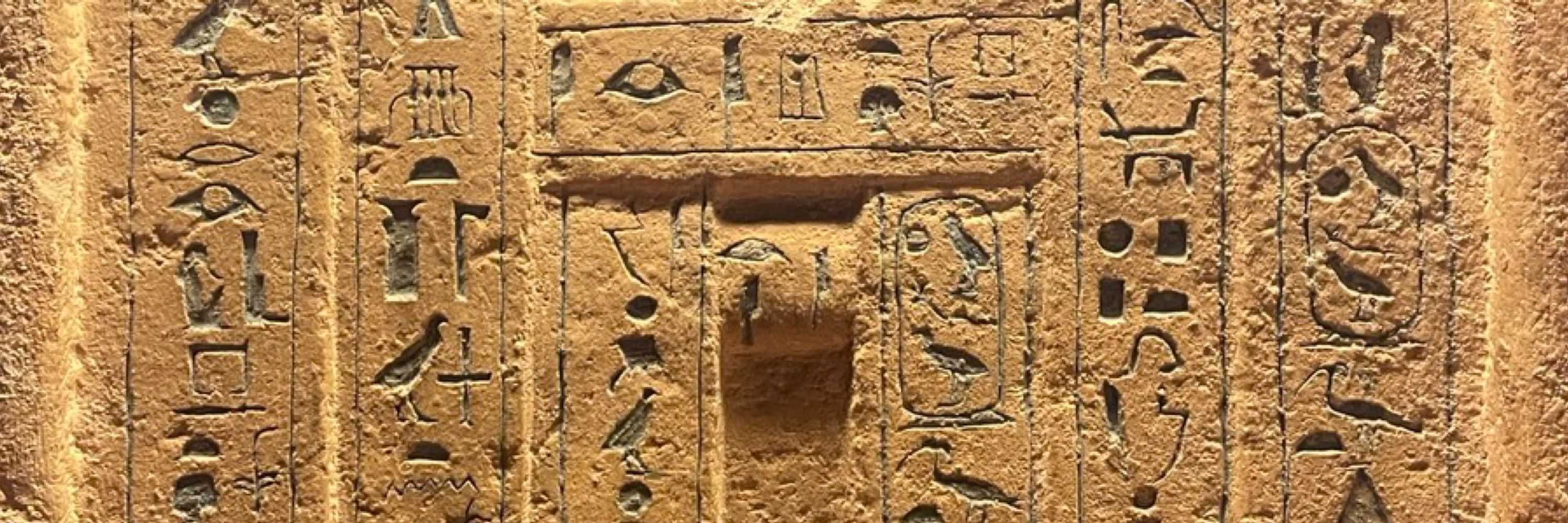Brendan Hainline
@brendanhainline.bsky.social
310 followers
47 following
21 posts
Egyptologist, linguist, flannel connoisseur.
he/him/his
Posts
Media
Videos
Starter Packs
Reposted by Brendan Hainline














